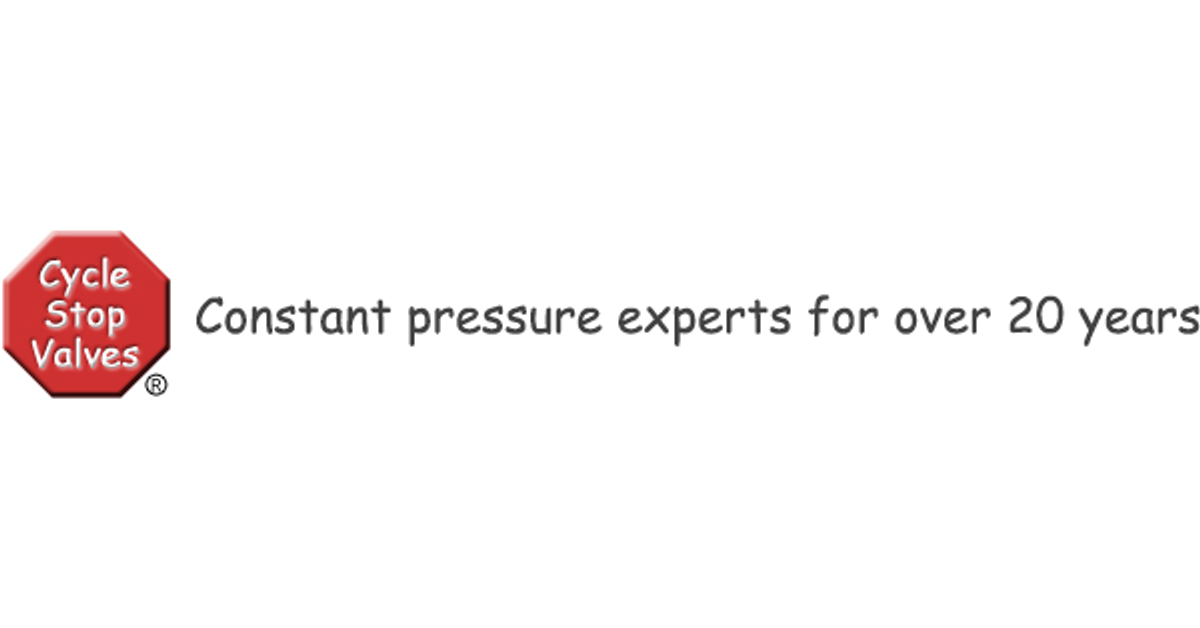cdherman
Member
Well was drilled about 20 years ago using rotary mud drill. 12" casing. At about 40' of depth, the drill dropped 4' and all the water in the bore drained into the void that we hit. The void was filled with moving water. They could not get it any deeper.
We have 4' of water. When we pump, it pulls down a foot or more, but never sucks air. However, we keep on burning up submersible pumps. Too deep and they sit in the mud/clay at the bottom and get hot, too shallow and it seems the top of the pump gets out of the water and it overheats.
A few too many overheats, and the pump is shot.
A jet pump would solve this I guess. But we would have to construct a much larger and deeper pump house to protect from freezing.
We have a pretty large 12" casing. Are there any "short fat" submersible pumps that anyone knows of?
Original well driller passed. Got a new guy coming tomorrow. New guy says the well is in an "alluvial rift" based on the description of events and warns that trying to drill a new well might be hit or miss. Better to try and save the old one.
Thanks in advance for any and all input. Nice forum you have here. I'll try to nose around and be of use to someone. I am just a DIY guy, but on a large farm/ranch in western KS, you have to learn to do a lot of things on your own......
We have 4' of water. When we pump, it pulls down a foot or more, but never sucks air. However, we keep on burning up submersible pumps. Too deep and they sit in the mud/clay at the bottom and get hot, too shallow and it seems the top of the pump gets out of the water and it overheats.
A few too many overheats, and the pump is shot.
A jet pump would solve this I guess. But we would have to construct a much larger and deeper pump house to protect from freezing.
We have a pretty large 12" casing. Are there any "short fat" submersible pumps that anyone knows of?
Original well driller passed. Got a new guy coming tomorrow. New guy says the well is in an "alluvial rift" based on the description of events and warns that trying to drill a new well might be hit or miss. Better to try and save the old one.
Thanks in advance for any and all input. Nice forum you have here. I'll try to nose around and be of use to someone. I am just a DIY guy, but on a large farm/ranch in western KS, you have to learn to do a lot of things on your own......


